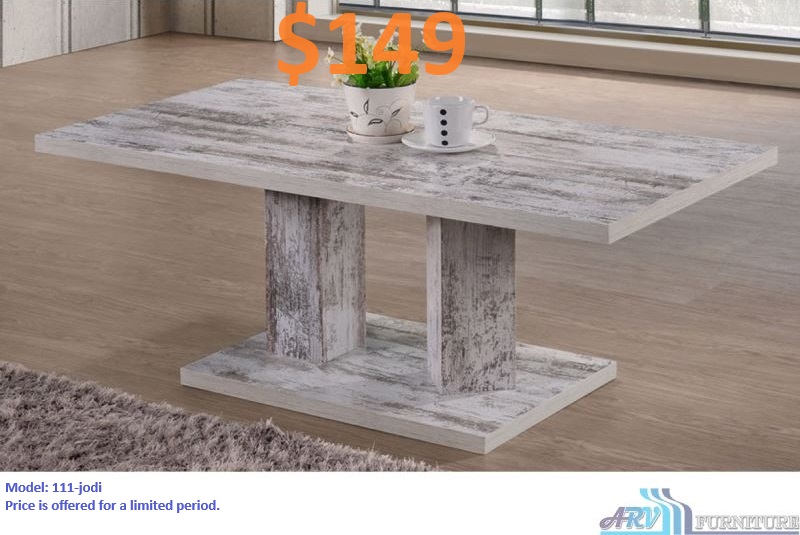
Maintaining antique furniture requires careful attention to preserve its value and beauty. Here are some tips to help you keep your antique pieces in excellent condition:
General Care
Avoid Direct Sunlight: UV rays can cause fading and damage to wood and fabric. Position your furniture away from windows or use curtains and blinds to minimize exposure.
Maintain Stable Environment: Extreme temperature and humidity fluctuations can cause wood to expand and contract, leading to cracks and warping. Aim to keep your home at a consistent temperature and humidity level.
Use Protective Pads and Covers: Place pads under items that sit on top of your furniture to prevent scratches and stains. Use coasters for drinks and placemats for dining surfaces.
Regular Dusting: Dust with a soft, lint-free cloth to prevent build-up which can scratch surfaces over time. Avoid feather dusters as they can scratch delicate finishes.
Cleaning
Gentle Cleaning: Use a mild soap and water solution for cleaning, but ensure you wring out the cloth well to avoid soaking the wood. Always dry immediately with a soft cloth.
Avoid Harsh Chemicals: Refrain from using commercial cleaning products or polishes that contain silicone or ammonia, as they can damage finishes and build-up residues.
Polishing and Waxing
Use Paste Wax: Apply a good-quality paste wax every six months to protect the finish. Apply with a soft cloth, let it dry, and then buff with a clean cloth.
Avoid Over-Polishing: Overuse of furniture polish can lead to a sticky build-up that attracts dust and dirt. Use sparingly and only when necessary.
Repairs and Restoration
Professional Help: For significant repairs or restoration, consult a professional conservator to avoid accidental damage.
Minor Repairs: For small nicks and scratches, use appropriate touch-up markers or wax fill sticks that match the wood color.
Tighten Joints: Loose joints can be carefully tightened using wood glue, but ensure it is done properly to avoid damaging the structure.
Handling and Placement
Lift Properly: Always lift antique furniture instead of dragging it to avoid stressing the joints and legs. Get help for moving heavy pieces.
Balance and Weight Distribution: Ensure that items placed on top of furniture are evenly distributed to prevent warping or sagging.
Avoid High-Traffic Areas: Place valuable pieces away from areas where they might be bumped or knocked over frequently.
Specific Material Care
Wood: Regularly inspect for signs of pests such as termites and treat them promptly. Keep wood moisturized but not damp.
Upholstery: Vacuum fabric surfaces with a soft brush attachment to remove dust. For deeper cleaning, consult a professional upholstery cleaner.
Metal Components: Clean metal hardware with a soft cloth. If tarnished, use a gentle metal polish, but ensure it doesn’t come into contact with the wood.
By following these tips, you can help ensure your antique furniture remains a cherished part of your home for many years to come.